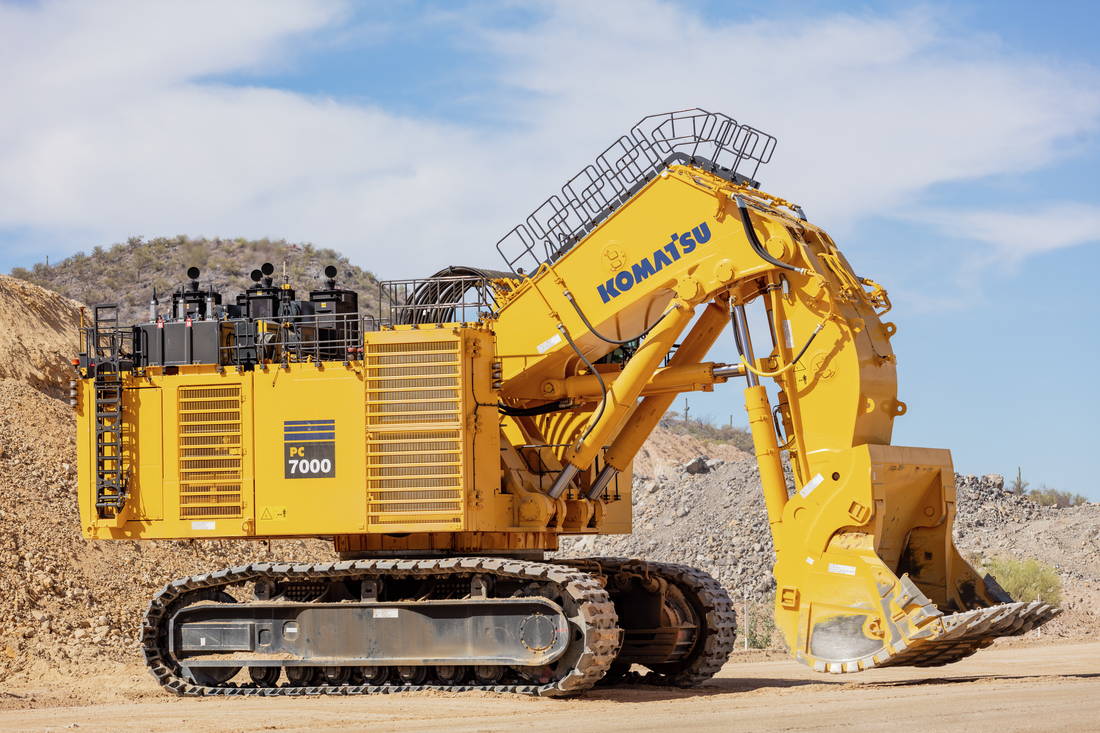Nickel proves it’s the wildest metal with sudden $2,000 spike

Nickel has long had a reputation for being among the most volatile industrial metals, but its biggest daily jump in a decade has left even the most seasoned traders astonished.
The metal surged as much as 13%, or almost $2,000 a ton, extending a rally over the past month triggered by speculation that top producer Indonesia might bring forward a ban on nickel ore exports. While prices eased after the nation’s mining ministry denied that any policy changes are imminent, they are still up almost 9% in London.
Nickel has in recent years become one of the most actively traded contracts on the London Metal Exchange
“You can see that the market is barely trading now because people just don’t know what to do,” said George Daniel, a hedge fund manager at Red Kite who’s been trading metals since 1993. “It could come off from here, but everyone’s just waiting to see if China comes in and buys it again.”
Nickel has in recent years become one of the most actively traded contracts on the London Metal Exchange as short-term investors have been drawn to its sharp price moves. Trend-following funds have added fuel to the recent rally, as have options traders who were forced to hedge their exposure as prices started surging late Wednesday, Daniel said.
Nickel touched $16,690, the highest since April 2018, and was up $1,275 at $16,085 on the LME at 10:51 a.m. New York time. Shanghai Futures Exchange contracts surged by the daily limit, reaching the highest since trading began in 2015.
As speculation swirled over Indonesia’s export policy, the country’s director-general for minerals and coal said the industry should follow existing rules and not pay heed to rumors about bringing forward a previously announced ban on exports of nickel ore by 2022.
Not justified
There have been no notable changes in fundamentals to justify the bullish mood, Shanghai Metals Market wrote in a note.
“Nickel prices are not set by fundamentals at the moment,” Celia Wang, an analyst at trading house Grand Flow Resources, said by phone from Shanghai. “The price surge showed that investors tend to believe the Indonesia ore export ban speculation, otherwise how can we explain the spike?”
Nickel is by far the best-performing base metal this year, with most other contracts declining
Technical price movements can be explained by “irrationality,” Nicky Shiels, an analyst at Bank of Nova Scotia, said in an email Thursday. The fundamentals meanwhile have taken a back seat. Shanghai futures’ volume surge amid steady LME trading indicates “speculative interest is in panic mode,” she said.
Nickel is by far the best-performing base metal this year, with most other contracts declining. It has benefited from dwindling global stockpiles, long-term prospects for a demand boost from its use in electric-vehicle batteries, as well as concerns that Indonesia could curb supplies.
The Asian nation is the world’s top source of mined nickel, most of which goes to China, and its policies to restrict raw materials are closely watched by investors. The government said it will revoke export permits of companies failing to meet smelter construction targets set out by the ministry.
Liquidation likely
Investors “appear to be positioning for the ore ban to be brought forward,” Citigroup Inc. analysts wrote in a note Wednesday, before the sudden surge in prices. “Were the ban to not be brought forward, substantial liquidation is likely.”
The frenzied trading earlier also came as investors grappled with the implications of a weaker yuan. Although China has set its daily fixing weaker than 7 per dollar for the first time since 2008, it was stronger than expected, soothing investor nerves and supporting metals.
Nickel’s roller-coaster may also be affecting other LME metals, including aluminum and copper, all of which traded higher on Thursday.
“Copper doesn’t know what to do with itself either,” Daniel said. “A lot of people have been short copper and zinc and they just don’t know what to do off the back of this nickel move.”
(By Martin Ritchie, Winnie Zhu and Mark Burton, with assistance from Eko Listiyorini)
{{ commodity.name }}
{{ post.title }}
{{ post.date }}

Comments